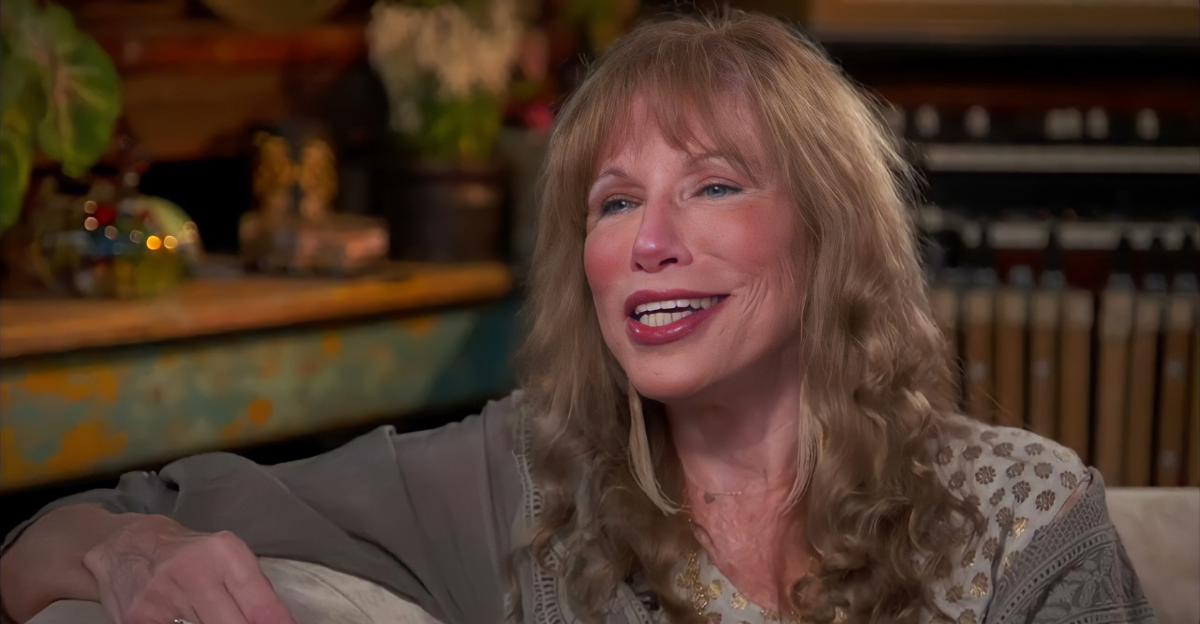
Carly Simon, one of the most distinctive voices of the 1970s, is celebrated for songs like “You’re So Vain” and her gift of storytelling. In her memoir Boys in the Trees and later interviews, Simon shared a childhood memory that quietly reshaped how she saw her family.
She grew up the daughter of Richard L. Simon, co-founder of publishing giant Simon & Schuster, but it took a moment in a school library to realize just how far her father’s name reached, and how it would influence her own journey.
Discovering a Name in the Stacks
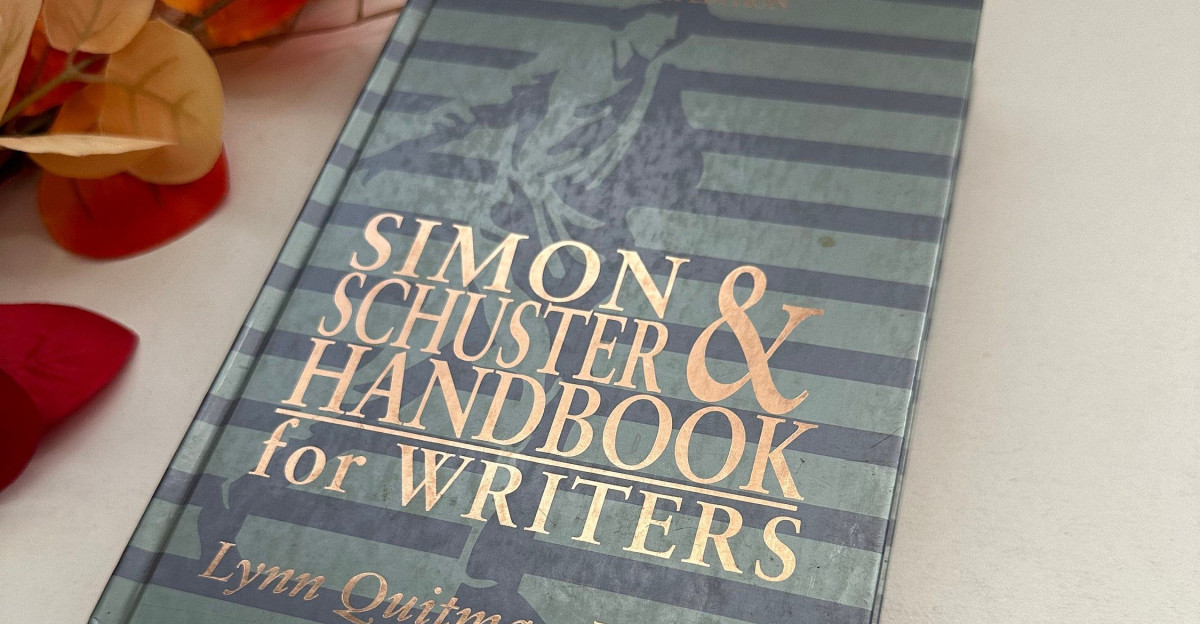
As a child in New York City, Simon browsed her school library and noticed “Simon & Schuster” on book spines. She assumed it was a shop her father owned. Only when a classmate explained did she realize he was the publisher behind those titles.
Simon later described the discovery as both humbling and eye-opening. It was the moment she understood her family had a place in the cultural conversation, an awareness that sparked both pride and a new sense of responsibility she would carry into her own life.
Extraordinary Guests, Ordinary Evenings

At home, the extraordinary often felt ordinary. The Simon family’s dinner table played host to towering cultural figures, jazz great Benny Goodman, poet Louis Untermeyer, and even the Gershwin brothers. For Carly, these evenings weren’t staged spectacles but part of the household rhythm.
In later interviews, she reflected on how easily genius wove into the everyday. That early exposure left a deep impression that fame didn’t always arrive with fireworks. More often, it slipped into the room quietly, carried on stories, laughter, and music shared long after the dishes were cleared.
Music and Conviction in the Home

Creativity wasn’t confined to guests; it lived within her family. Richard Simon, a gifted classical pianist, filled their home with Chopin and Debussy. Andrea Heinemann Simon, Carly’s mother, was a singer and a civil rights activist whose voice carried both melody and conviction.
Carly later said combining music, literature, and social justice shaped her outlook. She absorbed the idea that art and empathy were intertwined, and that a song could be more than entertainment; it could be a way of telling the truth about the world.
Staging Her Own Performances

Before she sang to millions, Carly sang to dolls in her bedroom. She created elaborate stories, weaving dialogue into impromptu musicals, all while piano sounds drifted from downstairs. Looking back, she described these private shows as the earliest sketches of her songwriting.
She discovered how deeply personal stories could carry universal feelings in those small performances. It was a rehearsal for the intimacy she later brought to her music, inviting listeners into her world in a way that felt both vulnerable and familiar.
A Quiet but Lasting Realization

The library discovery stayed with Simon because it shifted how she saw her family. Realizing her father’s name stood on books across the country, she felt connected to history and quietly daunted. She wrote in Boys in the Trees that it wasn’t a moment of pride but perspective.
Suddenly, she understood that she was part of a story bigger than herself. That awareness lingered as she grew older, reminding her that while her name carried recognition, her path must be carved through effort and originality.
The Challenge of Inheritance

For Simon, learning of her father’s prominence wasn’t about basking in glory but facing expectations. She realized the difference between being born into influence and earning her place in the world. In interviews, she admitted that the discovery fueled her determination.
If she were going to be known, it would be for her own voice, not simply her father’s. That drive became the foundation of her career, a refusal to lean on legacy and a commitment to proving that her songs could stand entirely on their own.
Lessons in Listening

In a household full of intellectuals and artists, Simon quickly learned that listening mattered as much as speaking. Dinner conversations leapt from bridge games to literary debates, often with a quick wit she admired but couldn’t always match. So, she watched closely.
Years later, she credited those evenings with teaching her restraint, to capture meaning in silence and notice what others missed. That discipline showed up in her songwriting. Her lyrics carried weight not because they shouted, but because they distilled observation into words that lingered.
A Household of Curiosity
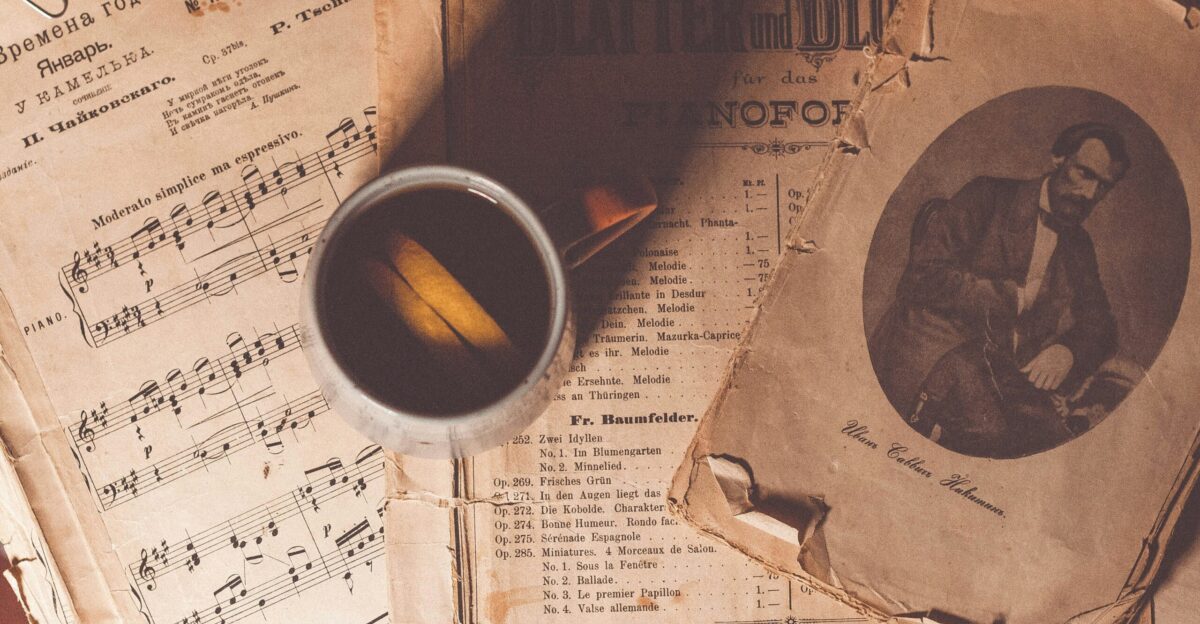
The Simon home brimmed with curiosity. Writers, musicians, even scientists moved in and out, sparking discussions long into the night. Carly absorbed the subjects and how people exchanged ideas, testing them like melodies before deciding which ones endured.
Her memoir described learning to “listen long, then write short,” a habit that defined her career. Growing up in that atmosphere gave her a hunger for authenticity. She wanted her words to strip away pretense, leaving only the sharp edge of truth behind.
Unspoken Strains Beneath the Surface
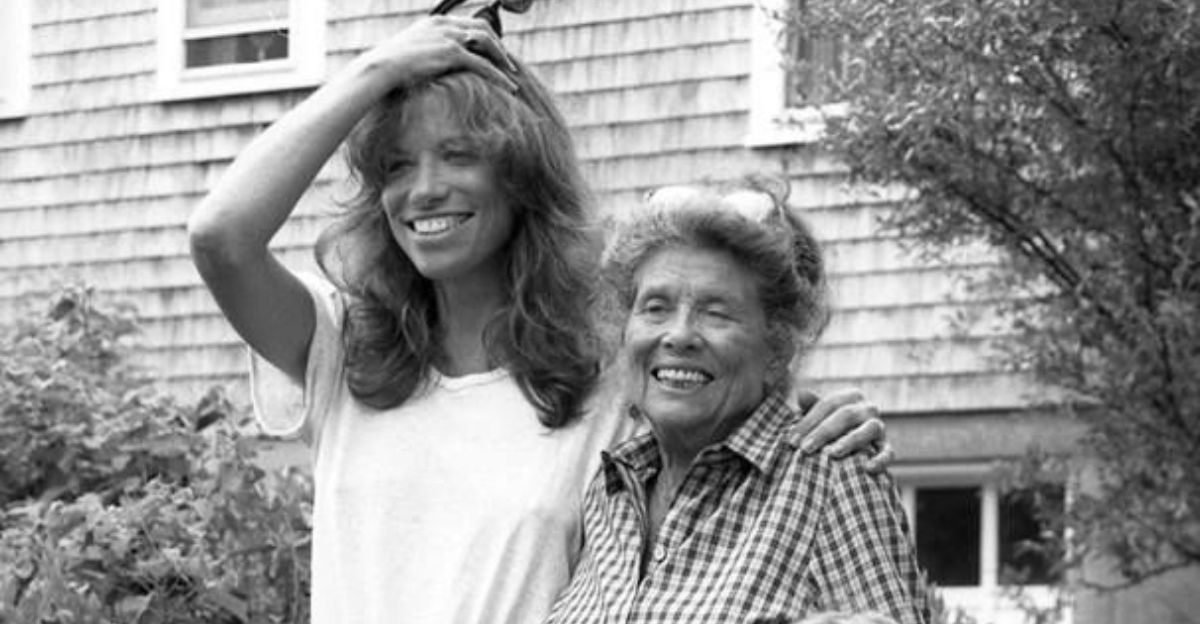
Yet beneath the lively surface, not everything was harmonious. Simon has been candid about her family’s hidden wounds, including her mother’s early affair and the silence that followed. These experiences left her with an acute sense of how secrets shape relationships.
In her songs, that awareness became a recurring theme: moments of intimacy shadowed by betrayal, love complicated by withheld honesty. Her ability to acknowledge those contradictions helped listeners feel less alone, turning her music into a mirror for the hidden tensions many families carry quietly.
Confronting Early Trauma

At just seven years old, Simon endured sexual abuse by an older boy, a painful experience she revealed decades later with careful honesty. She never sensationalized the trauma, but she did explain how it shaped her sensitivity to silence and survival. The memory, she said, stayed with her like an echo.
That echo influenced her songwriting, where vulnerability and resilience are often intertwined. For listeners, it gave her music a gravity that felt real. Pain was never her subject for spectacle; it was something to transform into connection and strength.
Finding Her Voice Through Song
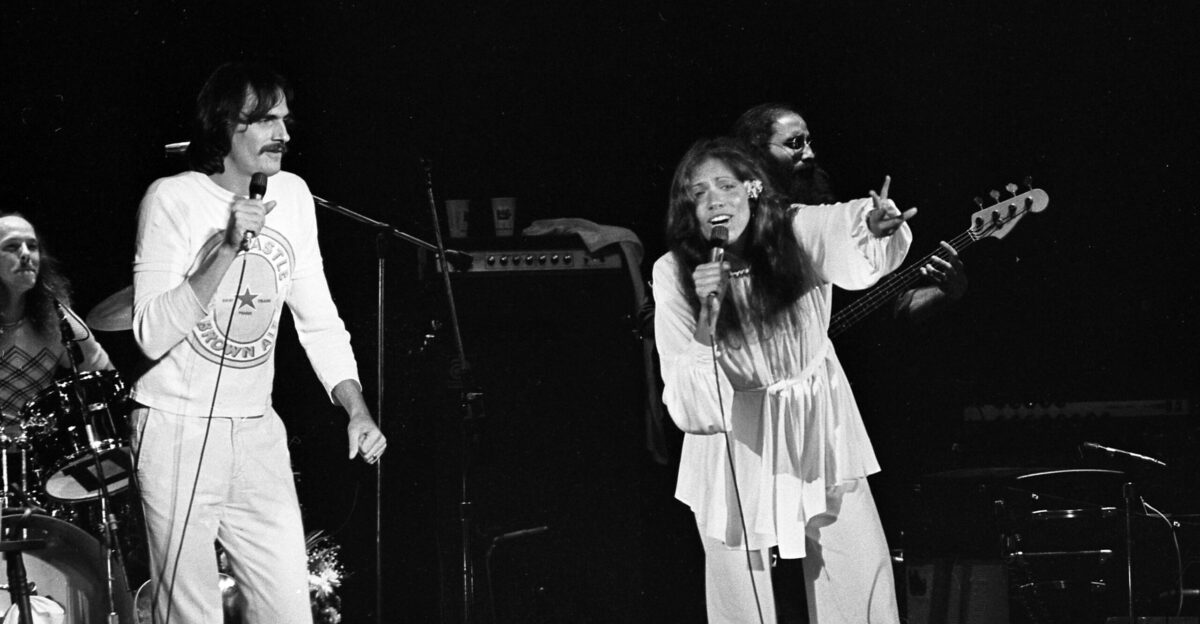
Simon’s stutter began at eight, and traditional therapy offered little relief. But music opened a door. “I could sing without stammering, as all stammerers can,” she once explained. Singing freed her voice, letting her communicate emotions that speech sometimes blocked. It wasn’t just expression … it was liberation.
Through melody, she discovered a fluency that felt natural and unforced. That experience cemented her bond with music, convincing her that her most authentic self came alive in song. What once felt like a limitation became why she found her calling.
Crafting a Distinctive Songwriting Style
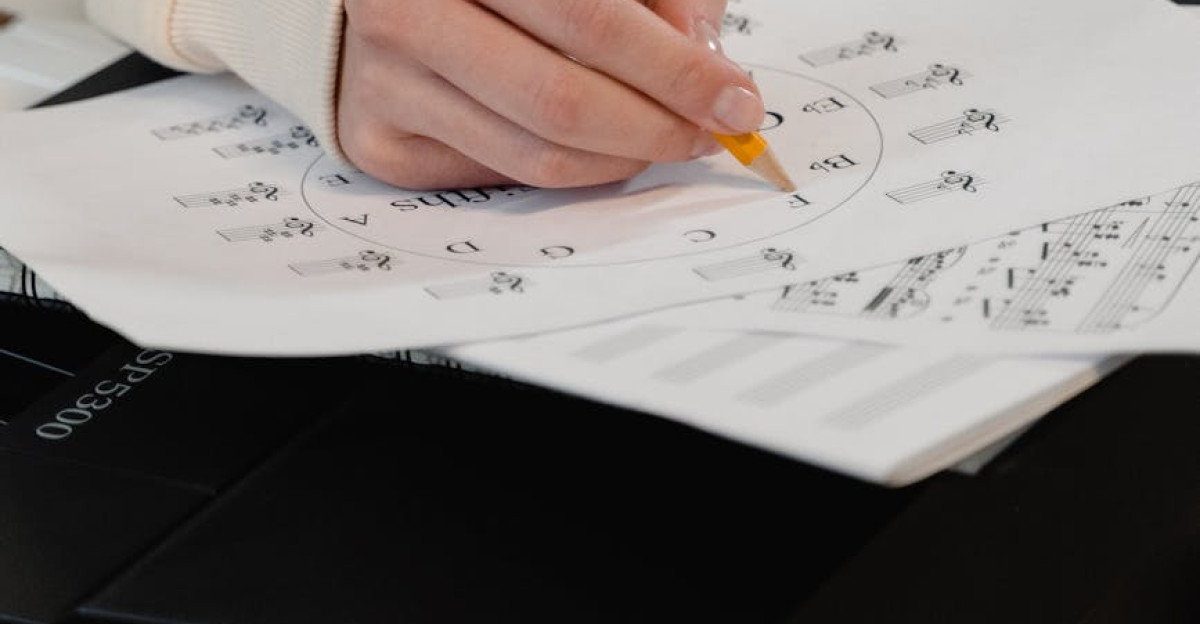
Simon’s songwriting reflected the collision of intellect and wound. She learned to lace precision into confessions, to anchor raw honesty with melodic elegance. Unlike many peers who leaned on broad themes, she trusted the details: a glance, a phrase, a fleeting memory. Those details gave her songs both specificity and universality.
She later explained that she wanted her lyrics to feel lived-in, like fragments of honest conversations. That combination – craft sharpened by vulnerability – made her music resonate deeply, earning her a place as one of the defining songwriters of her era.
Sister Act and Early Exposure
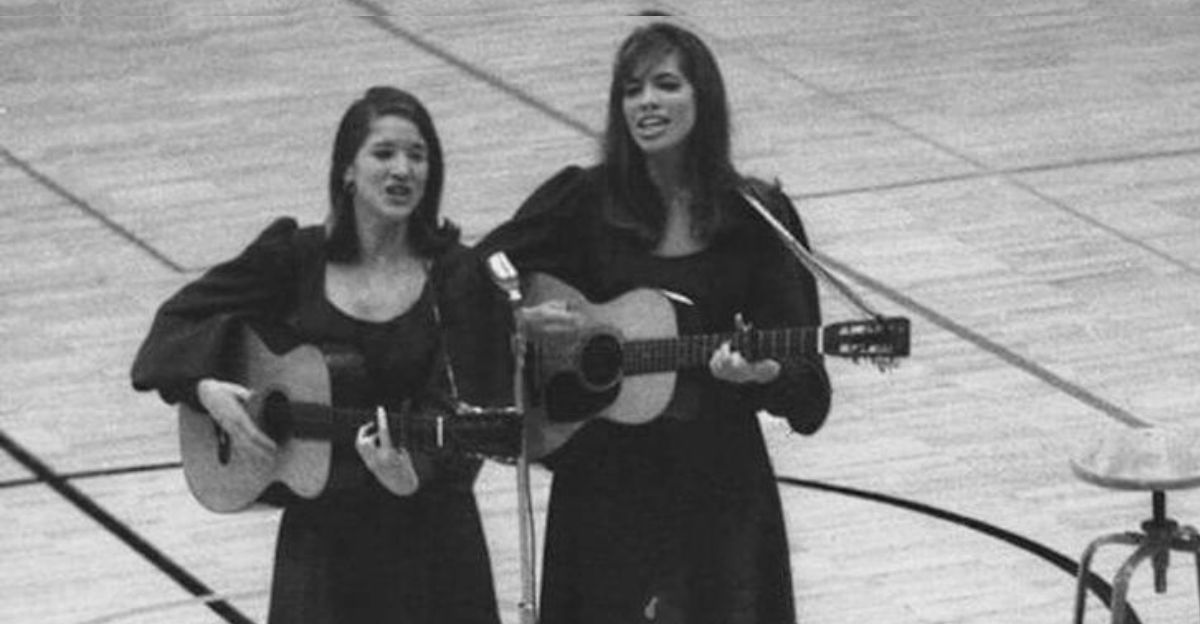
Before her solo career, Simon performed in the Simon Sisters folk duo with her sister Lucy. They recorded three albums and appeared on television, experiences that gave Carly a glimpse of the music industry’s demands. While the group never reached major commercial success, the lessons were invaluable.
She gained confidence performing live, learned how to blend voices, and understood the grind of recording. For Carly, it was a training ground, proof that music could be more than play. Those years gave her the resilience she would later rely on as a solo artist.
Breaking Through in the ’70s

Simon’s solo debut in 1971 confirmed her promise. Her first album won a Grammy for Best New Artist, propelled by the haunting single “That’s the Way I’ve Always Heard It Should Be.” Soon came “Anticipation,” “Nobody Does It Better,” and of course, “You’re So Vain,” which topped charts worldwide.
What set her apart was the way she blended introspection with universal appeal. She didn’t just write about her life; she wrote about the emotions that tether us all. By the mid-1970s, Carly Simon was no longer just Richard Simon’s daughter. She was a star in her own right.
Fame’s Complicated Shadow
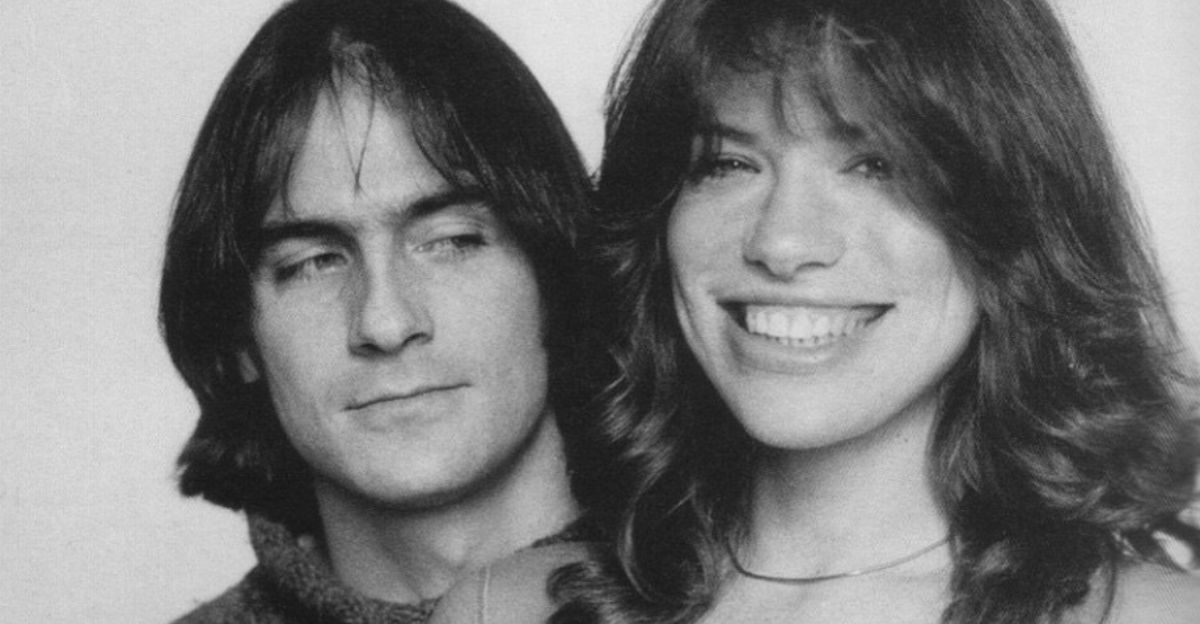
Her marriage to James Taylor, another towering songwriter of the era, made Simon part of one of music’s most-watched couples. Fans adored them, but the scrutiny wasn’t always easy. Simon later admitted that focusing on her personal life sometimes eclipsed her artistry.
When the marriage dissolved, the heartbreak was both private and public. Yet she mined those emotions for songs that pulsed with honesty. Fame gave her material with its glare and shadows, but her choice to turn it into art kept her work enduring.
Taking Control of the Narrative
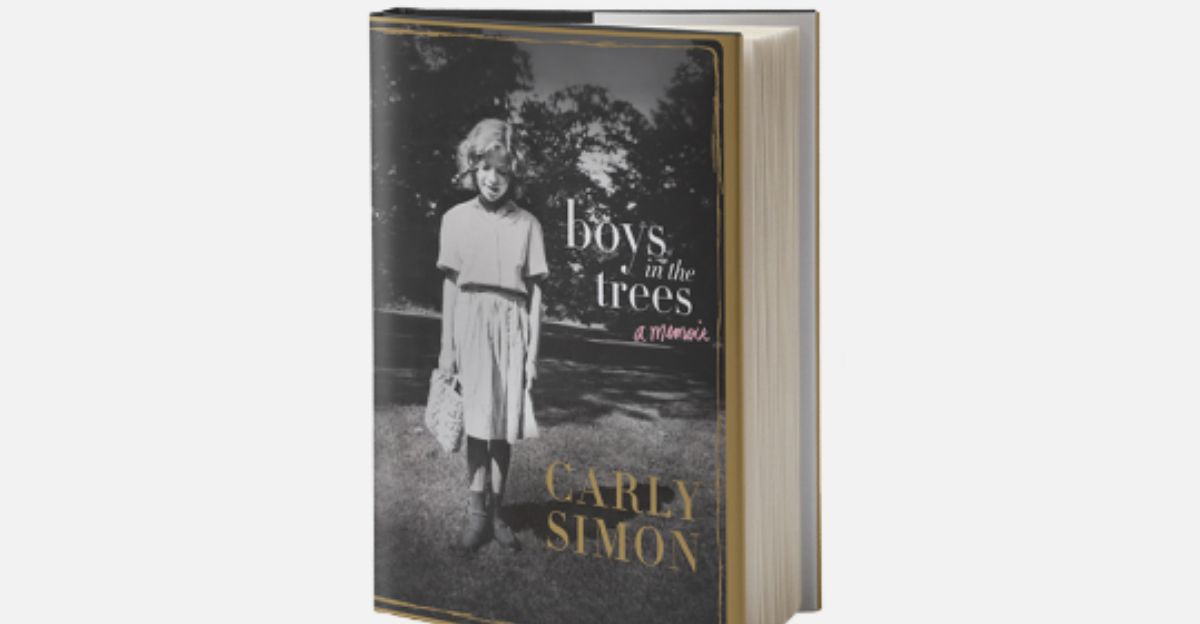
By the time she published Boys in the Trees in 2015, Simon was ready to tell her story on her own terms. The memoir blended childhood memories with career milestones, offering transparency aligned with her songwriting.
In an AXS TV interview promoting the book, she described writing as a way of reclaiming the narrative others had often written for her. Fans were invited beyond the music into the moments that shaped it, discovering the resilience, doubt, and joy threaded through the voice they had listened to for decades.
Understanding the Meaning of a Name

Looking back, Simon has described that library moment as a gateway. It revealed that a name can open doors but also weigh heavily. Her father’s achievements meant she would always be measured against expectations she hadn’t chosen. Instead of rejecting the legacy, she accepted it as context.
She realized that the real test would be proving herself beyond it. Every song she wrote became a quiet act of independence, evidence that she was more than an inheritance; she was a creator forging her own path.
Building a Career on Craft, Not Privilege
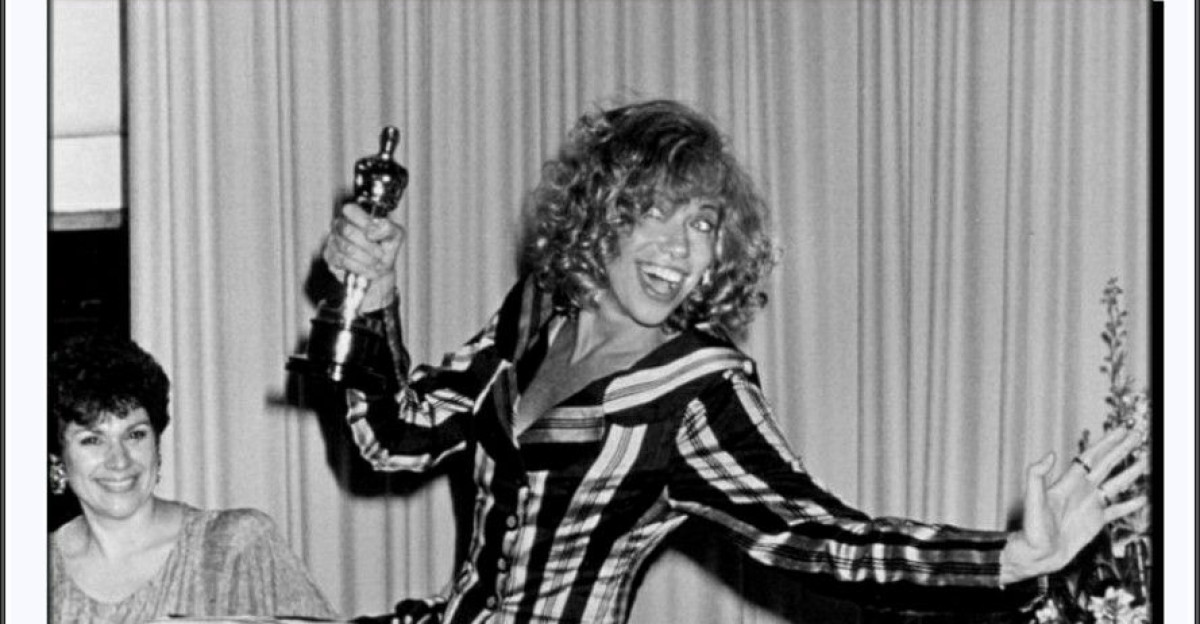
Simon’s career shows how lasting artistry comes not from privilege but from persistence. In interviews, she’s recalled watching her parents and their friends labor over drafts, melodies, and ideas. That work ethic stayed with her. Her songs, while personal, were carefully built – lyrics revised, melodies tested, emotions considered.
Fame may have spotlighted her, but craft sustained her. Listeners connected not because of her family’s reputation but because her music felt authentic, shaped by effort as much as inspiration. That dedication helped her endure in an industry where many fade quickly.
A Lasting Legacy of Honesty and Song
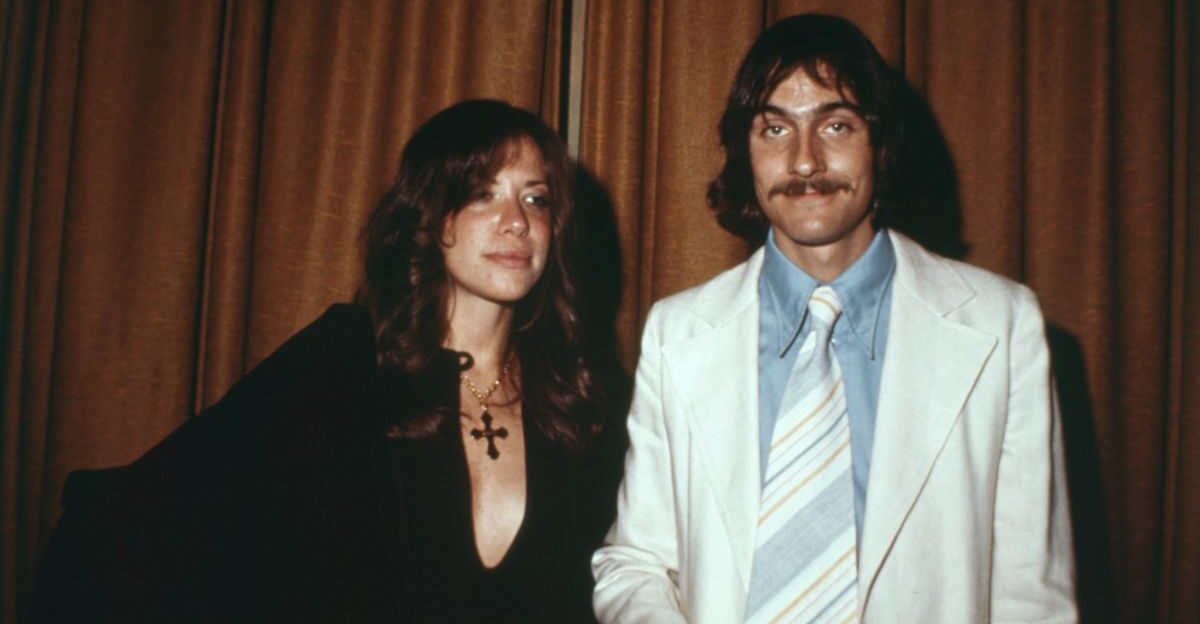
Today, Carly Simon’s legacy rests not only in her hits but in her ability to weave inheritance, struggle, and truth into lasting music. The library moment that reframed her childhood symbolized her life, a reminder that family history can shape you, but doesn’t define you.
Through decades of songwriting, she transformed privilege into perspective, pain into poetry. Her story resonates because it is deeply human, about the weight of expectations, the resilience of survival, and the power of turning memory into art that endures long after the final note fades.